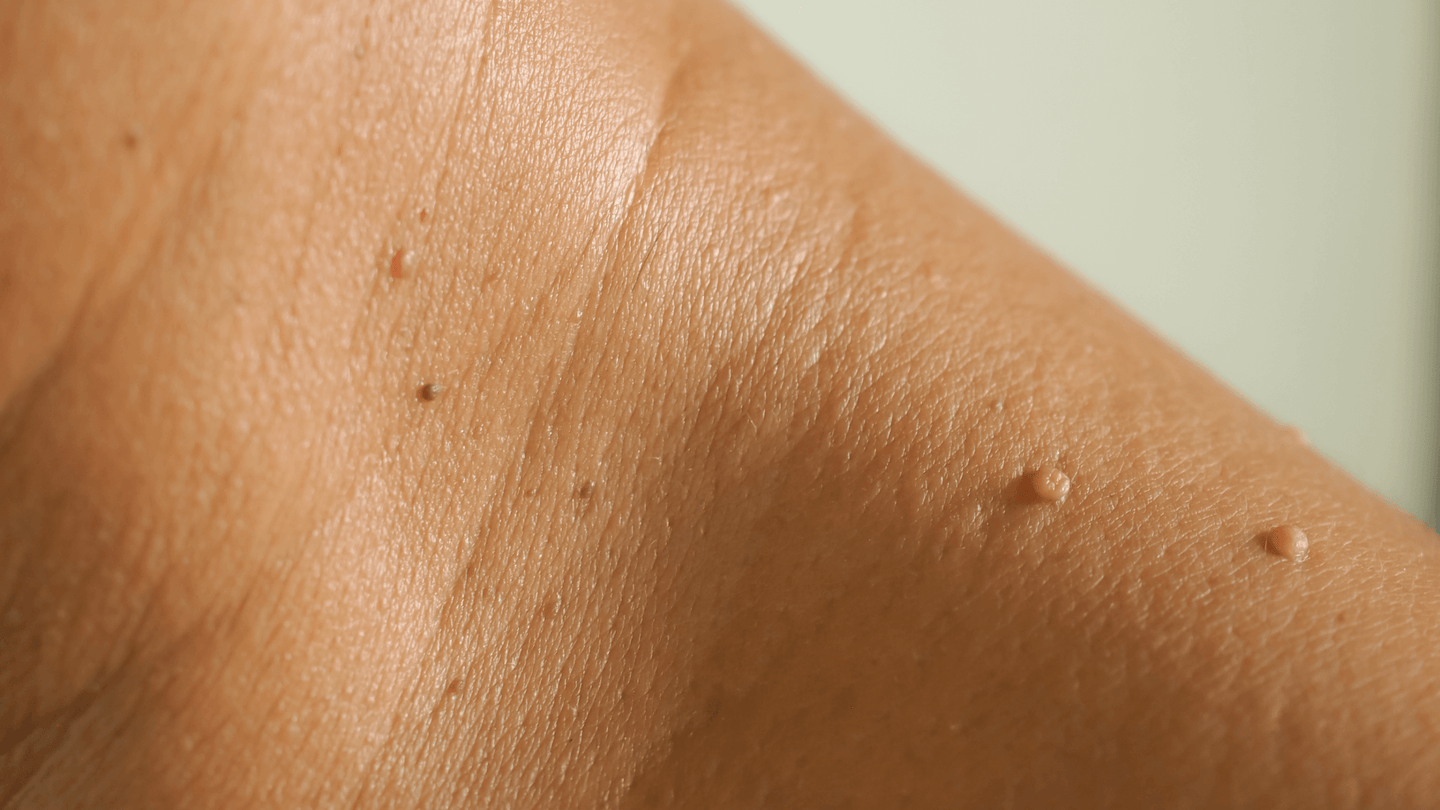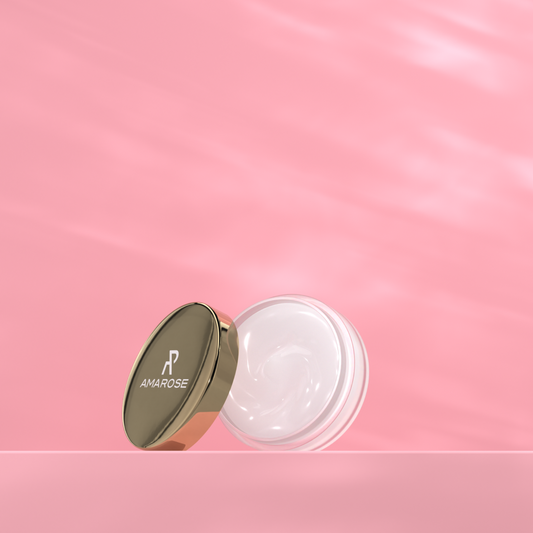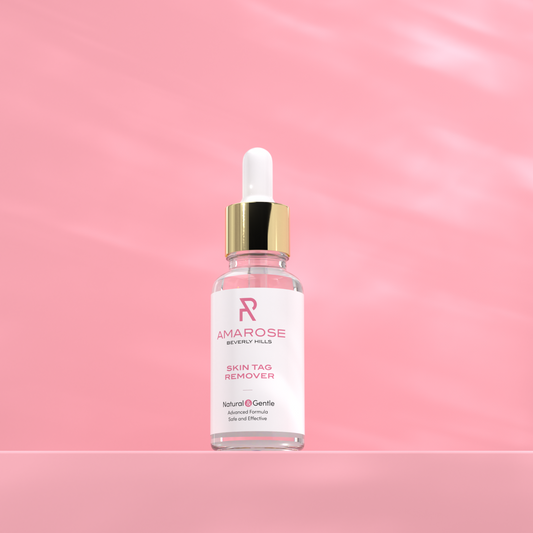

Skin Tags: Everything You Need to Know
Skin tags, everybody’s got them… Well not everyone, but skin tags are one of the most common—and pesky— skin growths to affect men and women of all ages. About 46% of the population in the United States are living with skin tags, which can range in size and severity, according to Healthline.
While some may opt to leave skin tags untreated, others may view their skin stags as an unsightly nuisance. Luckily, there are a variety of ways to safely and effectively remove skin tags from the body. Let’s take a deeper dive into what skin tags are, how to prevent skin tags, what the skin tag removal process looks like, and other facts surrounding skin tags.
What are Skin Tags?
Skin tags, medically known as Acrochordon, are excess growths of blood vessels and collagen, which grow together on the outer layers of the skin and form what you see—a soft, fleshy lump which sits on top of the epidermis, or outer layer of skin. Typical skin tags may sometimes grow larger due to a myriad of growth factors, but they are harmless growths and never cancerous, and their presence doesn’t increase your risk for developing any form of skin cancer. Breathe easy!
Skin tags tend to be present on the upper body, in areas such as the shoulder, armpit, neck, eyelid, chest/breast area, areas of skin folds, and occasionally on the groin. Skin tags can, however, form on any part of the body where there is skin tissue, and their presence in an atypical location does not mean there is any cause for concern.
Facts About Skin Tags
Skin tags usually form as the same color of a person’s skin, but skin tags can also be a bit darker in pigmentation than a person’s overall skin tone. This usually happens in people who have darker skin tones. Skin tags are more commonly occurring in people over the age of 60, but anyone of any age can develop one or multiple skin tags.
Although skin tags don’t pose any health threats, skin tags can be quite annoying to deal with depending upon their location. Clothing can sometimes get caught on skin tags, or ripping and tearing at the skin tags may lead to the skin tags bleeding or becoming inflamed or irritated. If this type of skin rubbing is a common occurrence for you, consider learning more about your options for safe, effective, and pain-free skin tag removal. That said, most skin tags or skin growths that resemble skin tags are harmless and can be left alone.
Risk Factors for Developing Skin Tags
Here are some of the common risk factors for people who develop skin tags:
-
Over the age of 60
-
Obesity
-
Individuals with metabolic disorders, such as Diabetes and high cholesterol
-
Hormonal fluctuations, like that seen in pregnancy, or during menopause
-
Genetics, such as if your mother or father may have had a history of skin tags
-
Those with high cholesterol or high blood pressure
-
Nationality – some people of specific nationalities deal with skin tags more than others, such as those from the Mediterranean and the Middle East regions

How to Prevent Skin tags
There are a few steps you can take to stop skin tags from even forming in the first place. First and foremost, try to keep friction from tight clothing and jewelry to a minimum. Also, skin tags may be affected by your overall health. Thus, you should maintain good health through proper diet and exercise, eliminating other risk factors that affect your health on top of the development of skin tags.
Taking care of your skin, gut, and overall well-being is paramount to keeping a smooth complexion and reducing the possibility of developing other skin diseases and human papillomavirus (or HPV). This includes drinking enough water, and abstaining from sugars, fats, and processed foods which can all contribute to poor health, and thus, skin tags. Maintaining a healthy lifestyle could make all the difference.
Is Skin Tag Removal Free?
Unless a skin tag needs removal for a medical reason, such as the skin tag is bleeding, infected, inflamed, or you are repeatedly having issues with it, there’s a good chance you will have to pay out of pocket for the treatment. If the reason for removal is medical, insurance may cover the procedure. 9 out of 10 cases, skin tag removal is considered a cosmetic procedure, so insurance companies usually only cover the cost of the initial evaluation, but not removal. It’s always best to check with your insurance provider beforehand. Nobody likes surprise bills!
Various Methods Utilized for Skin tag Removal
There are a few different methods for skin tag removal. But be advised, removing skin tags does not guarantee the skin tag won't regrow; so once the skin tags are removed, keep an eye on the area over time. Let's dive into the skin tag removal methods. First and foremost, the Amarose Skin Tag Remover is a new, non-surgical, non-invasive treatment that utilizes fibroblast therapy to deliver ionized carbonation to problem spots on the skin. Skin tags don’t stand a chance with the Amarose Skin Tag Remover, which works by utilizing electrostatic energy, delivering that energy straight into the cells. This stimulates collagen and protein production and improves the skin’s ability to heal itself. Not only does it boost the skin’s capabilities of self-healing, but it also boosts overall skin health in the process.Cryosurgery is yet another method that can be utilized in the removal of skin tags, although it may require 1-3 treatments to fully rid the patient of said skin tags. The procedure is usually quick, hardly painless, and requires only a couple of minutes to complete. It’s a quick in and out office procedure that doesn’t require any downtime afterward for healing. During the process of cryotherapy, liquid nitrogen, which is extremely cold, is applied to the skin either via spray or with a q-tip, usually very quickly, and then the skin is allowed to thaw out slowly, which causes destruction of the cells within and directly surrounding the skin tag. This isn’t an instantaneous process, and normally the skin tag will fall off within 2 weeks’ time. Additional treatments may be necessary.
A third option is electrocautery. This is the process of a small needle being inserted into the skin tag or the surrounding area, and the skin is burned and destroyed. This process can be quite painful, so usually, the area is numbed well before the procedure is completed. There may be pain following the procedure once the numbing agent wears off, but the pain is usually minimal and well-managed with over-the-counter pain medication such as Ibuprofen or Acetaminophen.
Do Skin Tags Grow Back?
Generally, skin tags aren’t dangerous, but they can be annoying and unsightly– Luckily, there’s plenty of options if you are unhappy with the look of skin tags on your body, like Amarose Skin Tag Remover, cryosurgery, and more.



